Overview of the Honeywell CC-PAON01 Analog Input Module The Honeywell CC-PAON01 Analog Input Module is designed to provide high-precision input capabilities in industrial automation systems. This essential component is part of the broader portfolio of Honeywell's process automation solutions, offering reliable and accurate performance for a variety of applications. It plays a key role in converting real-world analog signals to digital data that control systems can interpret, making it an invaluable tool for industries that rely on sophisticated monitoring and control. Key Specifications of the CC-PAON01 Module The CC-PAON01 Analog Input Module offers a compact design with notable technical specifications: Dimensions: 14.5 x 5.5 x 14.5 cm Weight: 0.3 kg Its compact size and lightweight structure make it easy to integrate into existing systems, allowing for efficient use of space while ensuring optimal performance. This makes the module especially suitable for industrial control applications where space is often at a premium. Performance Features and Benefits The Honeywell CC-PAON01 module excels in several key areas: High Accuracy and Precision: It supports a wide range of analog signals, offering highly accurate data conversion for reliable monitoring. Durability and Reliability: Built with industrial-grade materials, this module is designed to withstand the demanding conditions of factory floors and harsh environments. Ease of Integration: The module is designed to be easily integrated with Honeywell’s control systems, ensuring smooth operation with minimal setup time. Common Applications for the CC-PAON01 Analog Input Module The Honeywell CC-PAON01 module is widely used in various industries, including: Process Automation: Ideal for applications requiring precise data acquisition and signal conversion. Manufacturing Control: Helps monitor and control the performance of machines and equipment. Energy Management Systems: Used in energy monitoring to provide accurate input data for energy-saving decisions. Its versatile design allows it to adapt to different industrial needs, making it a top choice for automation professionals. Why Choose the Honeywell CC-PAON01 Analog Input Module? There are several compelling reasons why the CC-PAON01 module is a popular choice among automation professionals: Proven Brand Reliability: Honeywell is known for its high-quality, durable products that have a proven track record in various industrial applications. Advanced Technology: This module incorporates advanced technology for precise signal conversion, making it highly effective in complex systems. Cost-Effective Solution: Despite its high-end performance, the module is reasonably priced, offering excellent value for industrial automation solutions. Conclusion The Honeywell CC-PAON01 Analog Input Module is an essential component for modern industrial control systems. Its compact design, high-performance capabilities, and ease of integration make it a top choice...
Read More
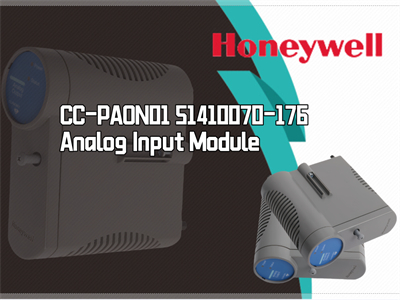
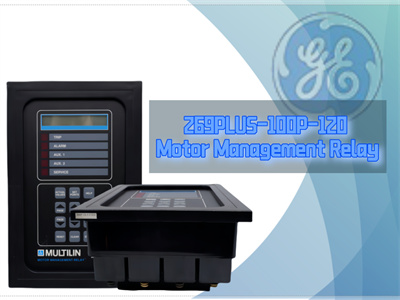
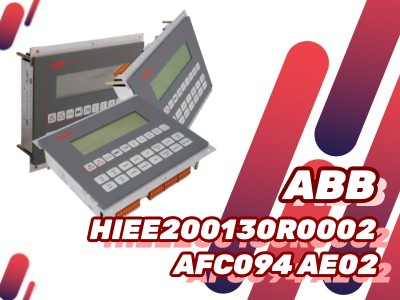
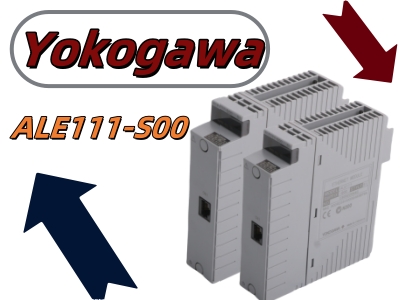
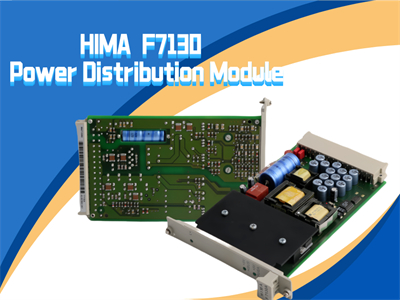
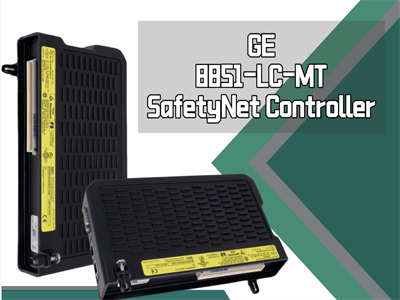
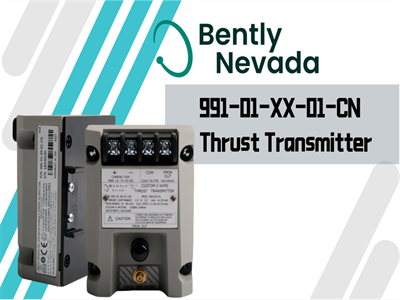
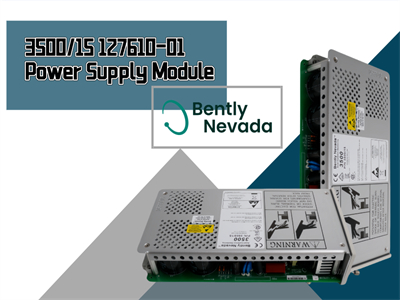
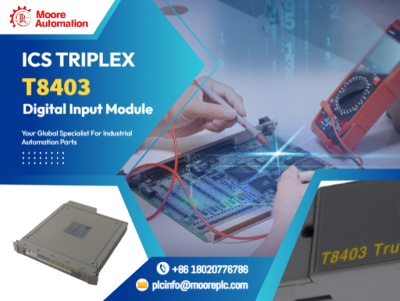

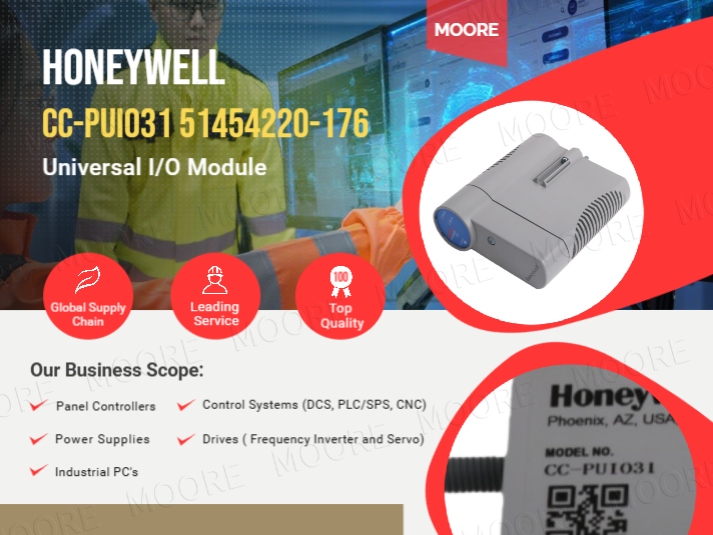
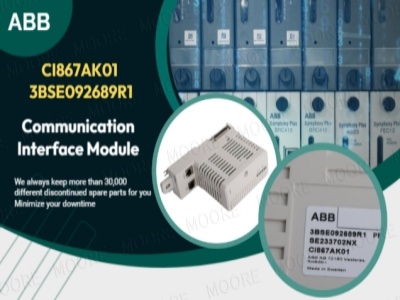












 IPv6 network supported
IPv6 network supported